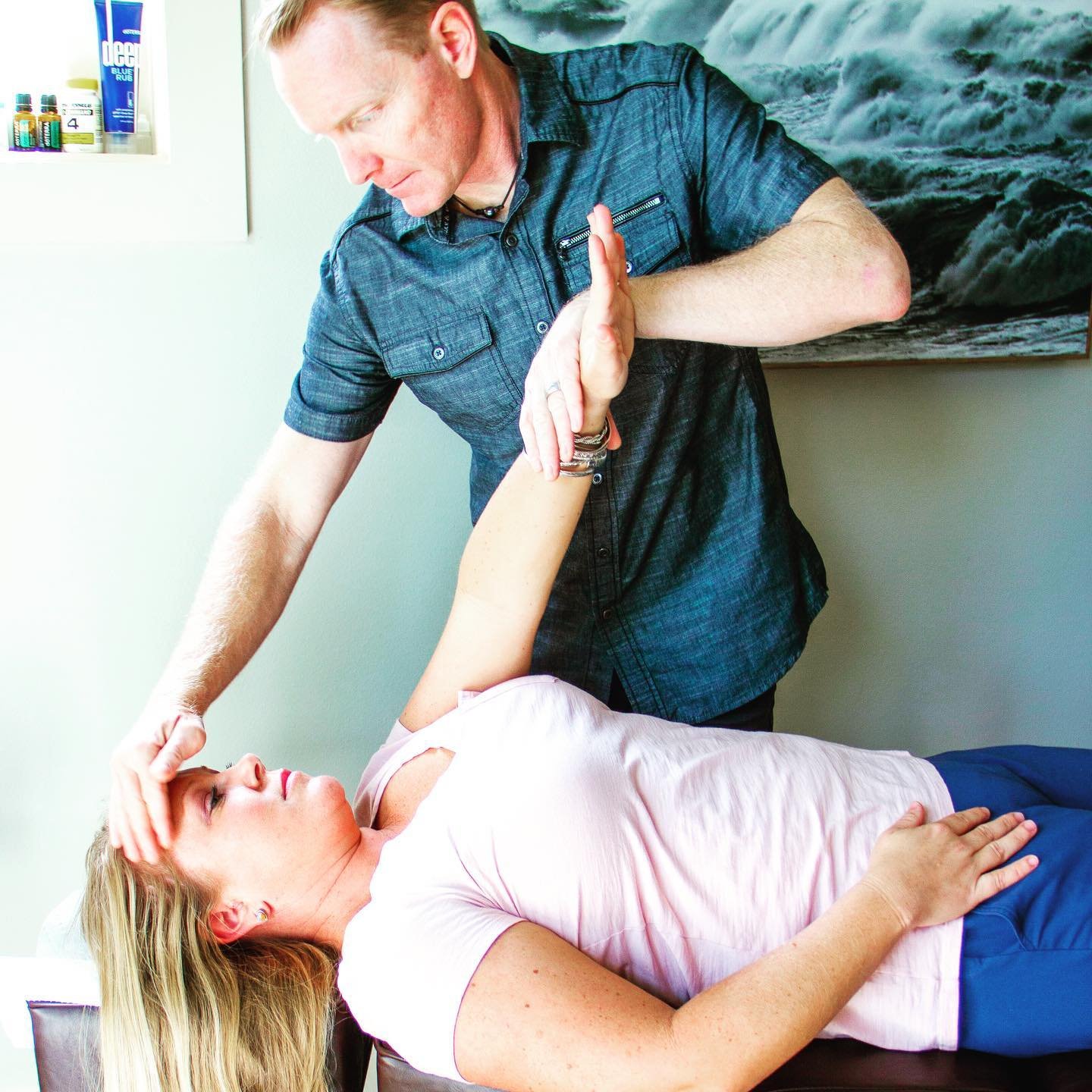Desk Worker's Guide to Preventing Chronic Pain
If you're like most Americans, you spend around 40 hours per week at your desk. While that keyboard might not look threatening, prolonged desk work can lead to chronic pain that affects everything from your neck to your wrists. The good news? A few simple changes can dramatically reduce your risk of developing workplace-related pain conditions.
Prevent Chronic Pain — Simple Solutions for a Pain-Free Workday
Before diving into solutions, let's understand what happens to your body during a typical workday. When you sit for extended periods, your muscles tighten, blood flow decreases, and pressure builds in all the wrong places. This creates a perfect storm for developing conditions like:
- Carpal tunnel syndrome
- Lower back pain
- Tech neck
- Shoulder tension
- Hip flexor tightness
Set Up Your Ergonomic Command Center
First things first – let's optimize your workspace. Think of your desk as a command center for wellness:
- Monitor height: Your screen should be at eye level
- Keyboard position: Elbows should rest at 90 degrees
- Chair height: Feet flat on the floor, thighs parallel to ground
- Mouse placement: Close to keyboard to prevent overreaching
- Desk depth: Arms should rest comfortably without stretching
The Movement Prescription
Here's the truth: even perfect posture won't save you if you're static all day. Your body needs movement. Try these strategies:
1. The 20-20-20 Rule: Every 20 minutes, look 20 feet away, for 20 seconds.
2. Take Microbreak Movements: Incorporate shoulder rolls, wrist circles, ankle rotations, gentle neck stretches, and standing hip flexor stretches when you can throughout the day.
Create Movement Triggers
Create habits by linking movement to common activities:
- Walking during phone calls
- Standing during virtual meetings
- Stretching while waiting for coffee
- Desktop exercises during file downloads
Strength Where It Counts
Certain muscle groups need extra attention when you work at a desk. Focus on strengthening core muscles (to support proper posture), upper back (to prevent shoulder rounding), glutes (often weakened by sitting), and neck stabilizers (to prevent forward head posture).
Try these exercises during your workday:
- Seated core engagements
- Wall angels
- Desk push-ups
- Chair squats
Beyond the Desk
Your habits outside work matter too:
- Sleep position: Use a supportive pillow
- Morning routine: Include gentle stretching
- Evening recovery: Try foam rolling
- Weekend activities: Balance with movement
- Stress management: Practice relaxation techniques
Tech Tools for Success
Leverage technology to prevent pain:
- Posture apps that remind you to move
- Standing desk converters
- Ergonomic keyboards and mice
- Wearable devices that track movement
- Phone reminders for stretching breaks
When to Seek Help
While prevention is powerful, know when to get professional support. Make an appointment with us if you experience:
- Persistent pain lasting more than a few days
- Numbness or tingling
- Sharp or shooting pains
- Reduced range of motion
- Pain that affects sleep or daily activities
Remember: Making these changes isn't just about preventing pain – it's about creating an environment where you can thrive. Your body was designed for movement, and even small changes can lead to significant improvements in how you feel both during and after work hours.


